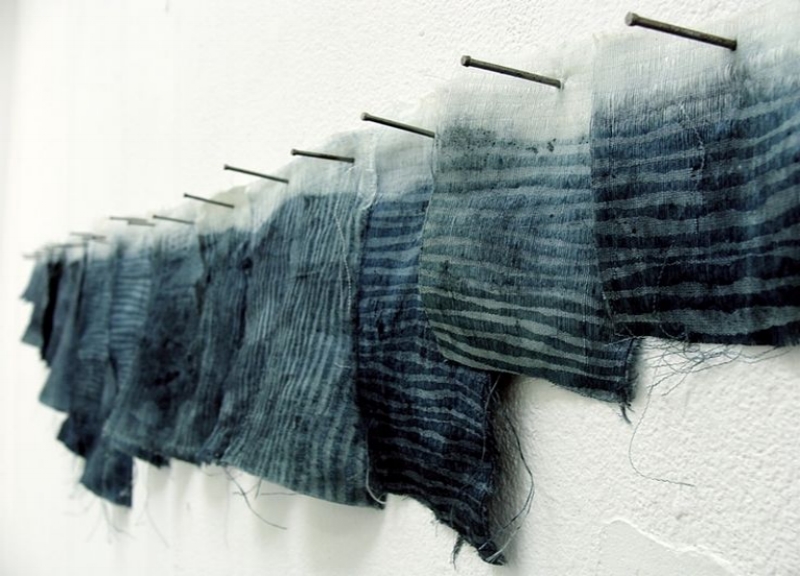My super smart-beautiful-badass-awesome-social and culture conscious-powerful-warrior fighters, coworkers and friends, as we can also call ourselves as, and I, were throwing ideas for a blog piece and the word Batik suddenly came across. The more I thought about it, the more I liked it.
Batik is considered both an art and a craft, and has become a popular and well known creative medium. This art form of decorating cloth using wax and dye, has been practiced for centuries. In Java, Indonesia, batik is part of an ancient tradition, and some of the finest batik cloth in the world is still made there. The word batik originates from the Javanese tik and means to dot.
Indonesian batik made in the island of Java has a long history of acculturation, with diverse patterns influenced by a variety of cultures, and is the most developed in terms of pattern, technique, and the quality of workmanship. Some experts feel that batik was originally reserved as an art form for Javanese royalty. There is no doubt that its royal nature was clear as certain patterns were reserved to be worn only by royalty and even banned to be worn by commoners. Consequently, a person's rank could be determined by the pattern of the batik he or she wore. Princesses and noble women may have provided the inspiration for the highly refined design sense evident in traditional patterns.
One can only wonders how the youth would have communicated in a fast way through fabric manipulation. We have had it so easy when I come to think of it. Many Indonesian batik patterns are symbolic. Babies are carried in batik slings decorated with symbols designed to bring the child luck, and certain batik designs are reserved for brides and bridegrooms, as well as their families.
